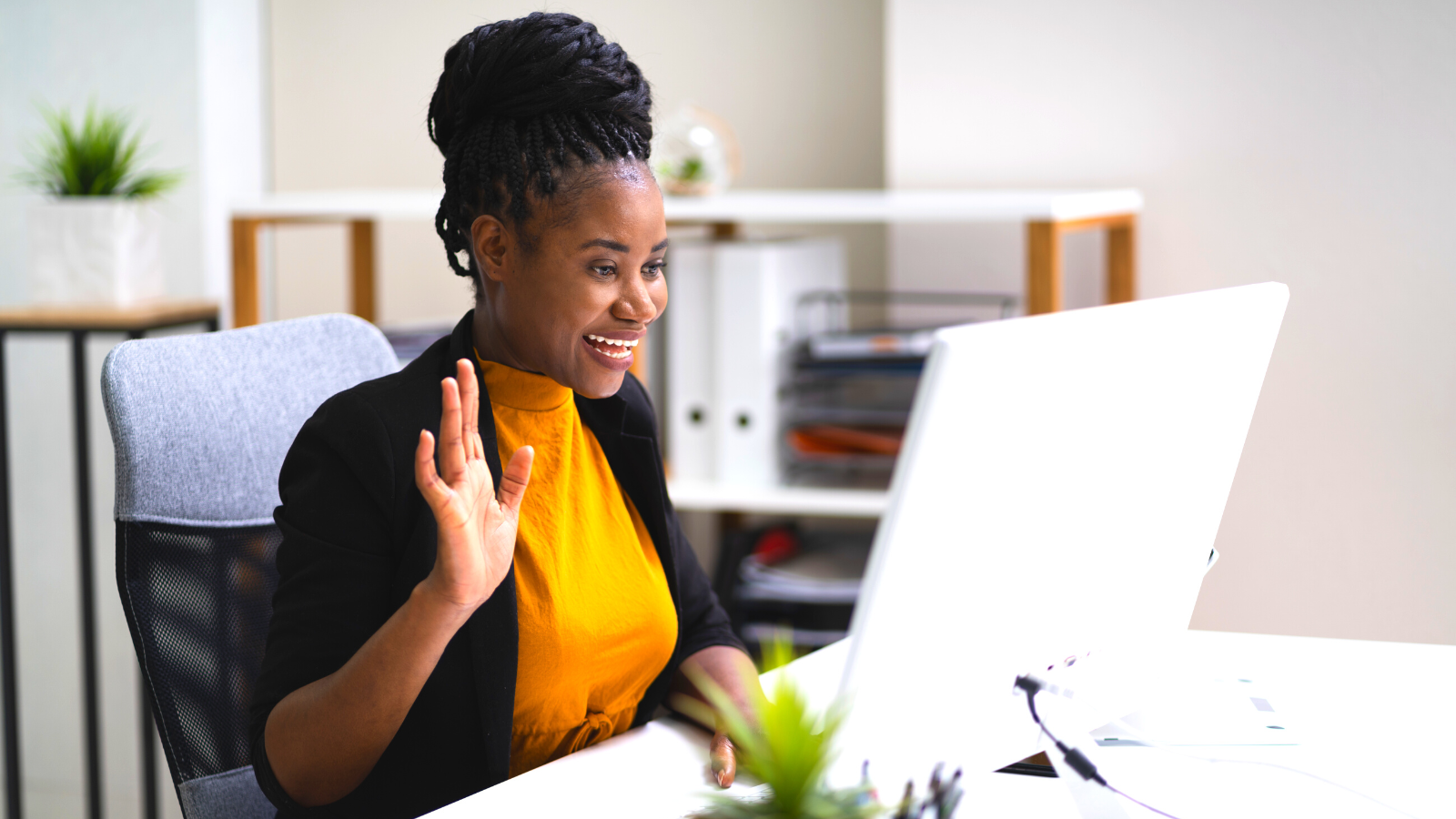In the upcoming webinar series Strategies for Success Through Equitable Teaching and Learning for Every Learner Everywhere, presenters Dr. Xeturah Woodley and Dr. Mary Rice will outline a vision of digital learning and design that celebrates the complexity and richness of students’ and instructors’ lives.
“Historically, the thinking around online learning was that you had to be a certain type of person with a specific set of resources to be successful in an online course,” says Rice, Assistant Professor of Literacy at the University of New Mexico.
She and Woodley, co-editors of the 2022 book Designing Intersectional Online Education, propose a different approach.
“In online spaces, we’re encouraged to segregate out parts of who we are in order to be successful in those environments,” says Woodley, Professor of Arts, Humanities and Social Sciences and Vice President of Academic Affairs at Dona Ana Community College in Las Cruces, New Mexico. “What we’re proposing is that there is no separation. Intersectional design and intersectional online education is about bringing the whole student and all of the entanglements of their identity to the learning table.”
Woodley and Rice will discuss these and related teaching practices in Designing Online Learning as Intersectional, Entangled Commitments (February 17 at 10 a.m., Mountain Time), the fourth of the Strategies for Success webinar series.
Challenging pre-existing notions of online learning
When designing online learning, Woodley and Rice challenge educators and administrators to think more comprehensively than many quality frameworks allow.
“There is this movement that as long as an online course meets certain design metrics, — such as a syllabus or more than one assessment — then it’s considered a quality online course,” says Woodley. “Those metrics ignore that students are being discriminated against and women are feeling isolated in these classrooms. That’s not quality. Let’s look beyond the norm of what is considered a quality-certified course.”
While student-centered learning has been one attempt to disrupt that approach, they emphasize that student and teacher are interlocked in the learning space.
“It is important to remember that there is no student without a teacher and no teacher without a student,” says Rice. “Trying to center anyone is a problem because you will not end up centering the people who are historically underserved. You’ll tend to center this paragon of a learner who might need less of your support.”
Envision online students as whole people
Instead of designing a course with an exemplar online student in mind, Rice and Woodley recommend instructors think about the student as a whole person, not just an apprentice in their particular discipline.
“We challenge instructors to look at their own student population and try to understand what each unique student brings to the table,” says Woodley, “Think about how you can deliver instruction in a way that has them find a sense of belonging in your classroom just the way they are.”
Rice recommends instructors extend their perception of wholeness to include often overlooked demographics: “Perhaps see wholeness from a feminist perspective; that mothers with small children, even if they live right across from the university, may need to do an online course because they can’t get babysitting.”
Embrace the entanglements
Woodley and Rice remind instructors that allowing students to bring their whole selves to an online course will always come with numerous entanglements, such as their individual responsibilities, identities, or personal goals for an online class. They advocate for a course where all those entangled identities and commitments can be honored.
“Entanglement is this idea that every part of our identity makes us who we are, and that we, instructors and students, should bring all of that to class,” says Woodley. “Online spaces create unique opportunities for us to be able to do that. They afford students opportunities to engage beyond the four walls of the classroom.”
For example, Woodley and Rice describe in their book an incident in an online classroom where an instructor stated that the national language of the United States is English. Students, some of whom were sitting in Spanish-speaking homes at the time, pushed back against that. Woodley and Rice suggest that some students felt more empowered to correct the instructor from their home base and in a digital space where the instructor is not situated at the front of the room in the seat of power.
Both educators note that designing courses that embrace intersectionality can be difficult but want instructors to feel empowered after their presentation.
“We hope to help instructors understand how their own intersectional identities are important, as well as the identities of their students,” says Rice. “We also want to impart what it is to be an online educator who creates environments where people across race, class, and gender identities can feel a sense of belonging.”
“I always hope I’ll position people to advocate for themselves and for other people, as well,” says Woodley.
Register for Designing Online Learning as Intersectional, Entangled Commitments

